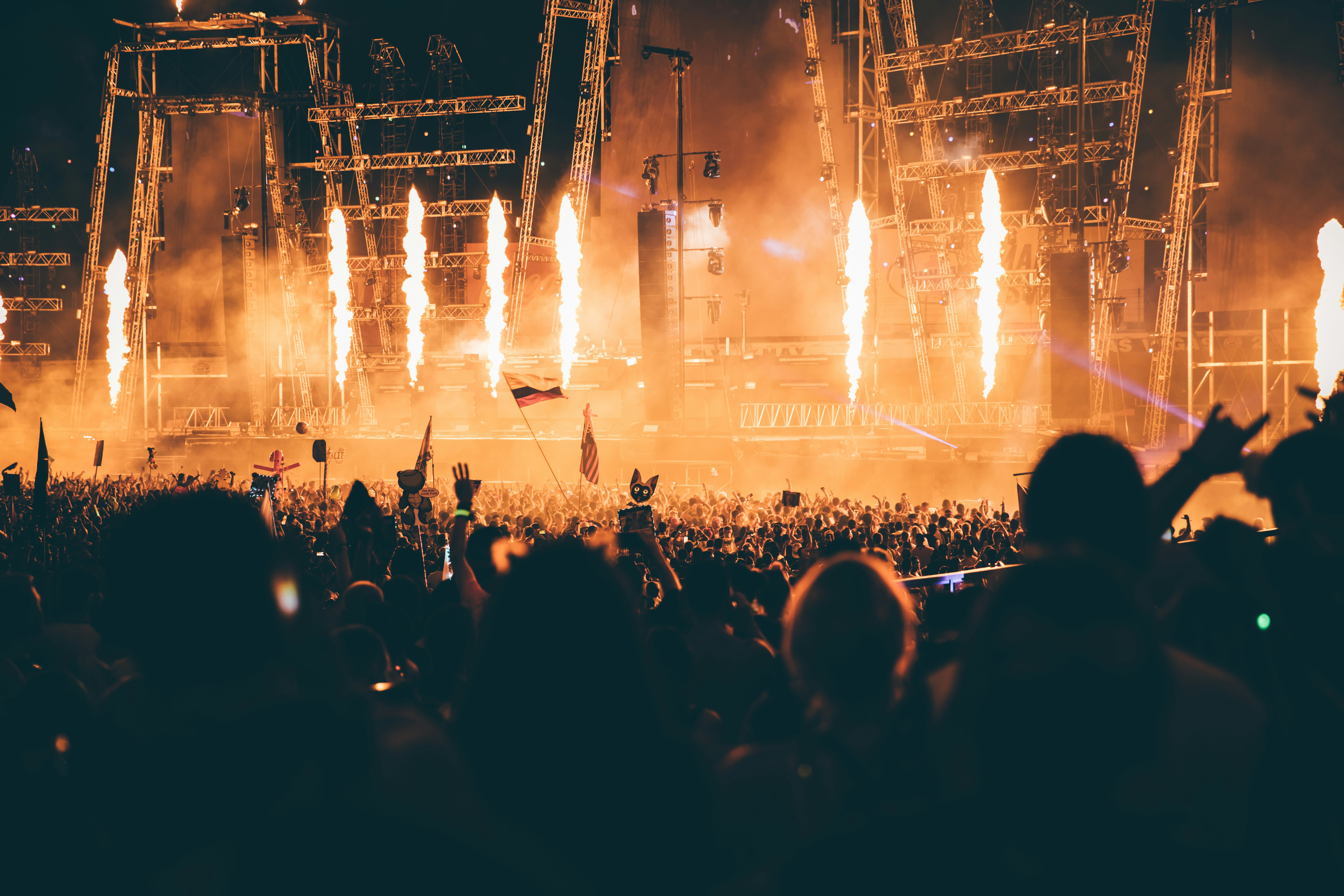The 10 Best Resources For

Concert lighting is an often overlooked yet integral component of live performances, playing a pivotal role in creating unforgettable experiences for the audience. As technology continues to advance, the world of concert lighting has undergone a remarkable transformation, blending creativity with cutting-edge innovation. In this article, we delve into the key aspects of concert lighting, shedding light on what you need to know to appreciate the mesmerizing visual spectacle that unfolds on stage.
1 Picture Gallery: The 10 Best Resources For
The history of concert lighting traces back to the early days of live performances when simple spotlights were used to illuminate the stage. Over time, the evolution of technology has revolutionized the field, introducing intelligent lighting systems and LED fixtures. Today, concert lighting is an intricate art form that enhances the emotional impact of a musical performance.
Concert lighting comprises various types of fixtures, each serving a unique purpose to create a dynamic visual experience. Spotlights, floodlights, and strobe lights are commonly used to highlight specific elements of a performance, while moving lights offer unparalleled flexibility by allowing dynamic changes in color, intensity, and direction. LED fixtures have gained popularity for their energy efficiency and versatility, providing a spectrum of colors and visual effects.
The backbone of modern concert lighting is the DMX (Digital Multiplex) control system. DMX is a standard protocol used to communicate between lighting fixtures and controllers. It enables precise control over each fixture, allowing lighting designers to synchronize and choreograph intricate lighting sequences with the music. This level of control is essential for creating captivating visual displays that enhance the overall concert experience.
Color plays a crucial role in setting the mood of a concert. Concert lighting designers use color mixing techniques to blend primary colors and create an extensive palette of hues. LED fixtures, in particular, offer the ability to seamlessly transition between colors, providing a dynamic visual backdrop for the performers. Additionally, lighting designers incorporate various effects such as gobos, patterns, and laser projections to add depth and texture to the visual landscape.
Advancements in technology have paved the way for interactive lighting experiences. Some concerts now feature lighting systems that respond to the performers’ movements or the audience’s reactions. Motion sensors and real-time data analysis allow for a dynamic connection between the music and the lighting, resulting in a truly immersive and interactive performance.
As the world becomes more conscious of environmental sustainability, the concert lighting industry is adapting to greener practices. LED fixtures are inherently energy-efficient, consuming less power than traditional lighting sources. Additionally, lighting designers are exploring ways to minimize the environmental impact by using recycled materials in fixture construction and implementing intelligent lighting control systems to optimize energy usage.
Behind every mesmerizing light show is a skilled lighting designer who meticulously plans and executes the visual elements of a concert. These professionals work closely with musicians and production teams to understand the nuances of the performance and translate them into a captivating visual narrative. A successful lighting designer must possess a keen understanding of technology, artistic flair, and an ability to synchronize lighting with the emotional beats of the music. Concert lighting is an art form that continues to evolve, pushing boundaries and redefining the live music experience.
The Beginners Guide To (Finding The Starting Point)
This post topic: Sports & Athletics



